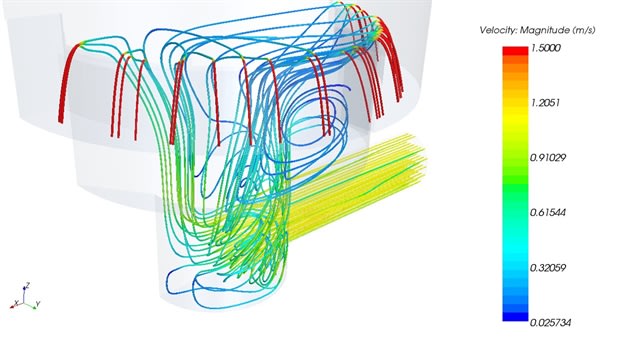Takket3
Mechanical
- Apr 28, 2016
- 21
We recently discovered, when a huge mess was made, that the vent off our condensate receiver tank does not extend to outdoors. I want to extend the vent to outside but is there anything special about the termination of the pipe I need to do? Does it need to be a certain distance above grade? Should it terminate (or not terminate) with a gooseneck fitting?




